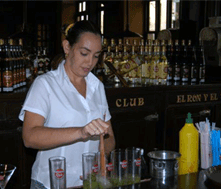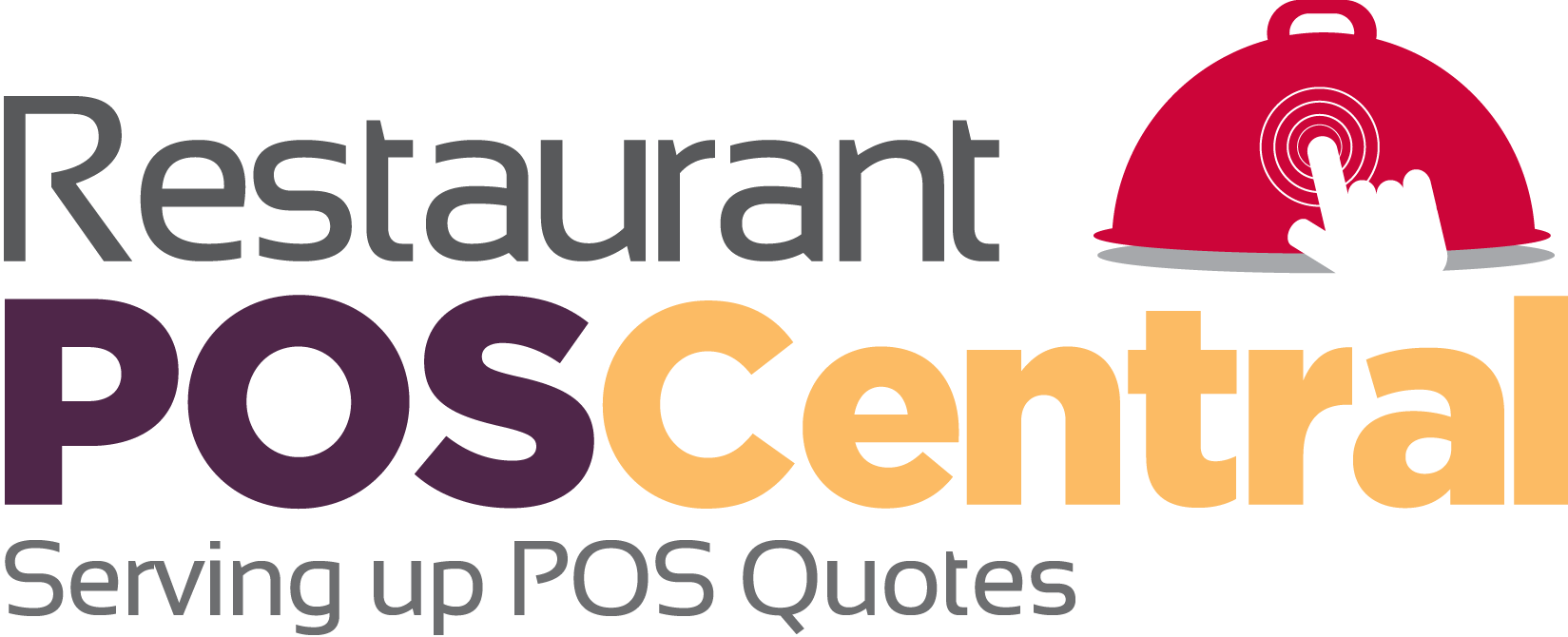Here’s How POS Systems Can Prevent Inventory Loss

For restaurants and bars, keeping inventory tight and product loss low is the key to success. As with any other business, however, the competence and trustworthiness of your employees will make or break not only the systems you use, but your business as a whole. Even faced with the inherently high turnover rate in the restaurant and bar business, it is essential to provide your employees with the tools and training they need to do their jobs, and to make certain that they will use those tools properly and conscientiously.
Modern technology has made inventory loss prevention more of a science. Instead of reminding bartenders to use jiggers instead of flair when pouring drinks, or repeatedly telling cooks to weigh portions carefully, you can look at reports generated by a well-designed point-of-sale (POS) system and compare product usage to servings sold. Here are some of the ways these systems can help your operation.
Understanding the Needs of Your Restaurant Any Given Day
Everyone knows that Fridays and Saturdays are peak days for volume, but being able to observe and compare figures, not only for every day of the week, but for every shift of each day, is a more foolproof way of monitoring your restaurant or bar’s product costs and their relationship to actual sales. A POS system can deliver full reports on the amount of product you’re using, compared to servings and sales for every shift.
This attention to detail will let you more accurately estimate the right amount of products to order to meet sales, which is particularly critical where costly food item purchases are concerned. This will help reduce waste due to spoilage, poor portion control, and errors in customer orders. By using a good POS system, you will have reports on hand to show exactly how much was ordered, how much was served to customers, and how much was wasted. This will not only reduce waste and improve average per-serving profits, but will also greatly simplify the re-ordering process for management.
Ending Waste in the Bar
Bartenders with flair are great with customers, but that flair can also result in stronger than normal drinks and lower than optimal profits. You need to remind your bar staff to dazzle the customers, but to conserve liquor by properly measuring drinks at the same time. POS systems, combined with accurate measurement of product used, can help significantly with this aspect of inventory loss prevention. That accurate measurement can be accomplished through several disciplines. Whether it’s through marking the levels of the bottle or using a scale to determine their weight, you can see what’s behind the bar and match that to the exact amount of sales gone through the POS system. If there are discrepancies, you’ll know your staff members are being too liberal with their pours.
Marking bottles: This has historically been the preferred method of keeping track of how much liquor, liqueur, and wine are used, but it has some pretty severe limitations. For one thing, it is less than ideal accuracy-wise. It tends to provide only a gross average of usage, since it can be cumbersome to mark each bottle used on a per-shift or even per-day schedule.
Liquor scales: Using a liquor scale such as BarCop’s Bar Inventory Scale as part of your POS system allows you to more conveniently and accurately keep track of pour amounts on a per-shift basis by letting you know how well bartenders and bar-backs on specific shifts are watching their pour sizes. The scales make it easier and timelier to catch trends and address problems, before the cost of those problems gets out of hand. Scales that integrate with a POS system can cost as little as a few hundred dollars, which can be offset rather rapidly, especially considering the cost of premium liquors that are now so much in demand.
Keg scales: While shaking a keg might have made a bar manager feel like he or she was being conscientious about keeping track of actual usage of beers and ales, it was, at best, a haphazard and inaccurate exercise. This is a fact that has always been well-known, especially to the most liberal of bartenders. By taking a quick measure of a keg’s weight on a per-shift basis, overly generous employees are readily identified, and costs more easily controlled. Like liquor scales, keg scales cost from a few hundred dollars up, and despite the lower per-ounce cost of beer, can help you identify the same trends, and can alert you to a shortage well before you run out.
Inventory software: Especially when used in conjunction with liquor and keg scales, inventory software can alert you more quickly and accurately to overly liberal pour and “on the house” tendencies on a per-shift or per-day basis, rather than allowing the costly trend to continue for an extended period. Furthermore, a good POS system with inventory monitoring capabilities can help you to adjust the prices you charge for special call drinks, or in response to escalating product costs. The software can also help you decide upon daily “specials” that you can offer at reduced but still profitable prices.
Making Accounting More Accurate
Monitoring product usage for simple well cocktails doesn’t usually take into account the various other ingredients that may be included in each order. Furthermore, any modifications to a recipe make a drink more expensive, and these upgrades need to be documented rather than being lumped into “incidental expenses” in order to prevent loss. For example, margaritas made with Cointreau should cost more, and need to be recorded as such in the computer. POS systems deploy sophisticated menus that can modify any drink with special liqueurs, or even the glass used (e.g. martini glasses, which hold more alcohol). You’ll find it much easier to order and track inventory when every ingredient is accounted for.
As a restaurant or bar owner, you need to use every tool at your disposal to keep waste down. POS systems can make inventory far easier and help you to maintain your profits to where they should be, every day you open for business.
There are numerous vendors of reliable and easy to implement and use POS systems, components, and software, including the above-mentioned BarCop. Depending upon your requirements, existing systems, and budget, costs can be as little as $149.00 for bar inventory software to a couple thousand dollars for a basic system. (Scales are not included.)
If you are ready to take control of costs in your restaurant and bar let us know your needs and we can match you to a POS dealer in your area that can meet your needs.
